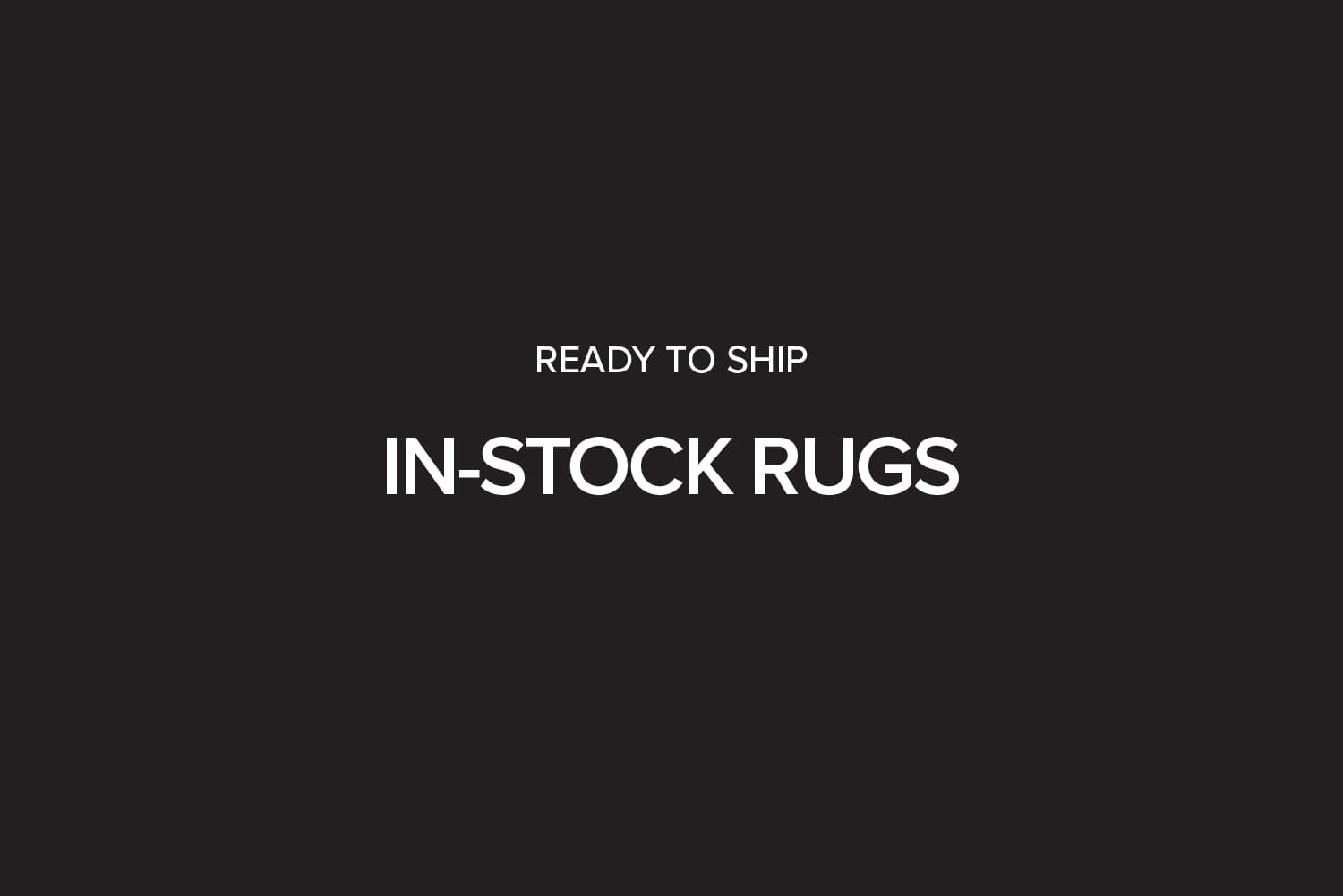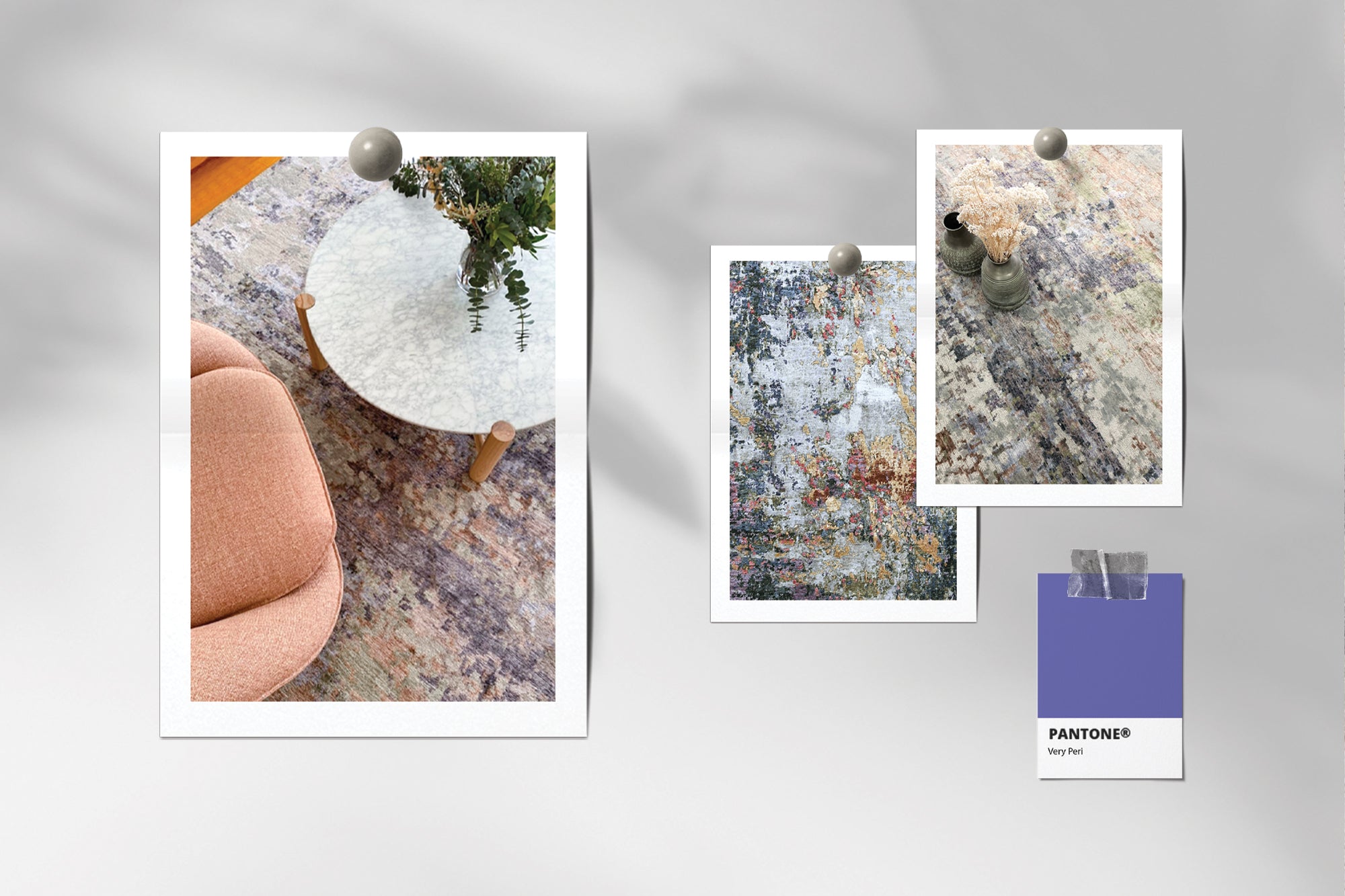Fibre In Focus: Wool
Everything You Need To Know About Wool Rugs
We all know rugs can be made from a multitude of different fibres - from silk to wool to cotton and everything in between. Each fibre serves a purpose, whether that be to appear shiny and effervescent or to look soft and cozy.
To ensure you have the necessary knowledge when purchasing rugs for your homes and projects, we are going in depth on each fibre that we use here at Tribe Home. Our first, and most used, fibre in focus is wool.
Wool rugs come with treasure trove of benefits, they are easy to clean, durable and sustainable - just to name a few. Wool is a fibre that can be both warming and cooling – which is great for the average Australian home, which tends to experience a wide range of temperatures throughout the year.
The natural lanolin within the wool yarns of our rugs, helps to naturally repel liquids and means the rug is easier to clean than other fibres.
Benefits of Wool Rugs.
At Tribe Home we use many kinds of wool in our rugs, and just like different fibres, each different kind of wool lends itself to a different look and feel.

New Zealand Wool
New Zealand wool is renowned for being the softest and the whitest of any wool variety. This is particularly beneficial when wanting to dye yarns specific colours. New Zealand wool also offers a natural shine in its finish, while the high lanolin content helps it maintain durability and ensures the dye holds its vibrancy.

Merino Wool
Coming from Merino sheep, predominantly raised in Australia and New Zealand, Merino wool is known for being incredibly soft and for having superfine qualities that enable the yarns to be durable and are also known for its sustainability. Consisting of three categories: Superfine, medium and broad, which are used depending on the product, rugs will use broad merino wool due the the increased strength of this category.

Indian Wool
Indian wool is known for its unique texture and colour. It is the most commonly sourced wool when it comes to wool rugs due to its accessibility to traditional hand weavers in India.
Not only are their different kinds of wool used to create our rugs, but wool can also be used in differing ways to creates that look and feel different.

Different kinds of Wool Rugs.
Handwoven
There are two styles of handwoven rugs, both made on a horizontal loom. Flat weave rugs are a great low maintenance option. The nature of a flat woven piece reduces shedding, avoids heavy pilling and is perfect for high traffic areas.
Loose knit weave rugs are amazingly textured and stylish. The nature of a loose knit rug requires a little more attention by vacuuming and trimming them to preserve the woven design. Best for medium to low traffic areas within a home.

Handknotted
Hand-knotted rugs are the most time consuming and highest quality of hand carpet making techniques. It typically takes one weaver 4 to 6 months to create a single hand-knotted rug. They are most durable and long-lasting rugs attributed to the ancient craftsmanship skills.

Handtufted
Hand-tufting is a refined technique on a vertical carpet hanging stand. One weaver maps out a pattern and uses a hand operated gun to follow the design on the stretched frame. The hand-tufting pistol pinches yarn through the pattern to build taut piles making each hand-tufted rug durable and easy to maintain.

"With every fibre comes a different set of characteristics, to ensure you are aware of how wool rugs behave we have put together some of their natural characteristics and how to care and protect your wool rug."
Natural characteristics of Wool Rugs.
Shedding:
- Its high wool content means your rug will be prone to shedding
- Shedding should subside a little, regular vacuuming on a low setting, with brushes raised, will keep your rug look new. Avoid damaging strong turbo vacuum heads.
Pilling:
- If pilling or matting occurs, simply fix it by trimming the area with scissiors.
Lanolin:
- You may find an initial wool odour; this is the natural lanolin in the wool fibres, and will subside over time. Airing your space will fast track this.
Pop ups:
- Occasionally loose threads appear. Yarn pop ups are not a manufacturing fault, just a characteristic of this weave. Remember your rug is handmade note machine made. Never pull pop ups, simply push back through or trim to pile height.
Caring for your 100% Wool Rug.
- Accidents always happen, the key is to act fast.
- Blot spills with a clean undyed cloth or paper towel.
- Ensure all excess liquid if removed, carefully scrape heavier spills.
- Mix one part wool safe detergent, two parts warm water.
- Blot stain with mixture and clean cloth.
- If stain persists, contact a profession who’s worked with handmade rugs.
- Regular rotation and avoiding direct sunlight on your rug will protect from fading.
- A rug underlay will improve the lifespan and avoid slippage.
Flat Weave Rugs:
- Perfect for high traffic areas.
- Small yarn shedding/pop ups can occure, simply vacuum and trim back.
Loose Knit Weave:
- Best for low – medium traffic areas.
- Occasionally loose threads appear. Yarn pop ups are not a manufacturing fault, just a characteristic of this weave. Remember your rug is handmade note machine made. Never pull pop ups, simply push back through or trim to pile height.
Protect Your Rug.
- Fibre ProTector is a protection treatment against stains, UV damage and bacteria.
- Discover more here






Leave a comment
This site is protected by hCaptcha and the hCaptcha Privacy Policy and Terms of Service apply.